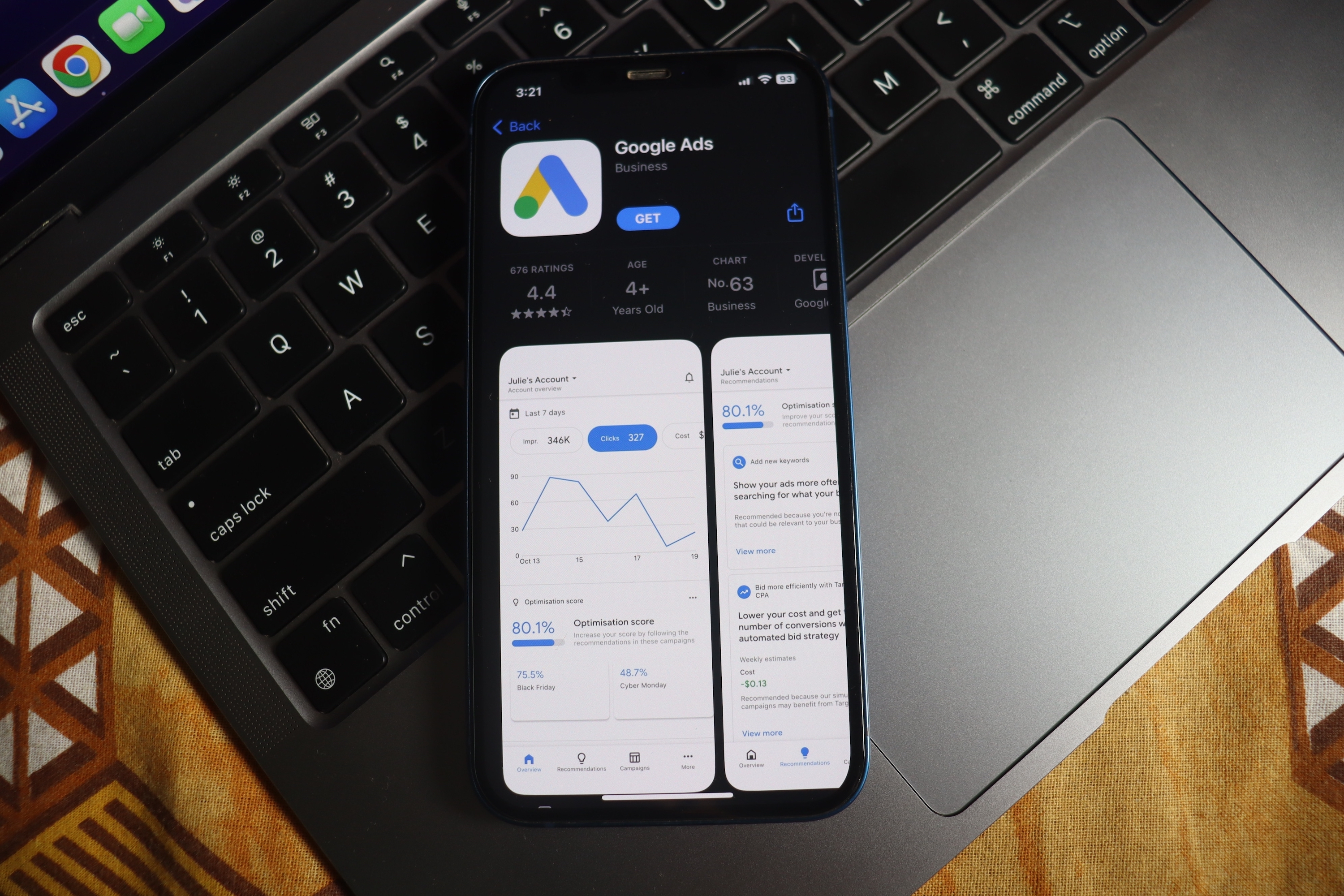In a post on X, Google AdsLiaisons answered the top questions about automatically created assets (ACA).
Now that automatically-created assets (ACA) for responsive search ads have rolled out in 8 languages, I wanted to answer some FAQs we’ve heard….
— AdsLiaison (@adsliaison) November 20, 2023
Google recently rolled out ACA for Responsive Search Ads (RSA) in 8 different languages, marking a significant step forward in digital advertising technology.
This feature aims to streamline the ad creation process, save valuable time for marketers, and enhance the relevance and performance of ads.
What Are Automatically-Created Assets (ACA)?
Automatically-created assets are a feature that enables the automatic generation of headlines and descriptions for RSAs.
The main goal of ACA is to assist advertisers in creating more relevant ads, thereby providing incremental conversion opportunities. This feature primarily benefits marketers seeking efficiency in ad creation without compromising ad quality.
How Is ACA Content Sourced?
ACA pulls content from the advertiser’s resources, including landing pages, existing ads, and keywords.
This process ensures that the automatically generated assets are relevant and consistent with the brand’s existing messaging and SEO strategies. A crucial tip for advertisers is to keep their website content current to make the most out of this feature.
How Can I Manage ACA?
Advertisers can view ACAs in the “Asset source” column in the ad and campaign-level asset reporting, letting marketers understand how ACAs contribute to their overall ad performance.
Additionally, ACAs can be easily managed: marketers can review and remove assets as needed. Notably, any ACA with a “low” performance rating is automatically removed, ensuring only the most effective investments are circulated.
Should I Rely On ACA?
ACA is compatible with Draft and Experiments in Google Ads, allowing advertisers to test their effectiveness in controlled settings.
Advertisers need to understand that while ACA is a powerful tool, it should augment, not replace, their existing assets. Marketers are encouraged to continue providing a variety of assets (up to 15 headlines and four descriptions) to maintain a diverse and effective ad strategy.
Conclusion
The introduction of ACA by Google Ads represents a significant advancement in digital advertising.
This feature not only promises to save time for marketers but also to enhance the relevance and effectiveness of ads. As the digital advertising landscape evolves, features like ACA will undoubtedly play a pivotal role in shaping future ad strategies.
Featured image: photosince/Shutterstock




